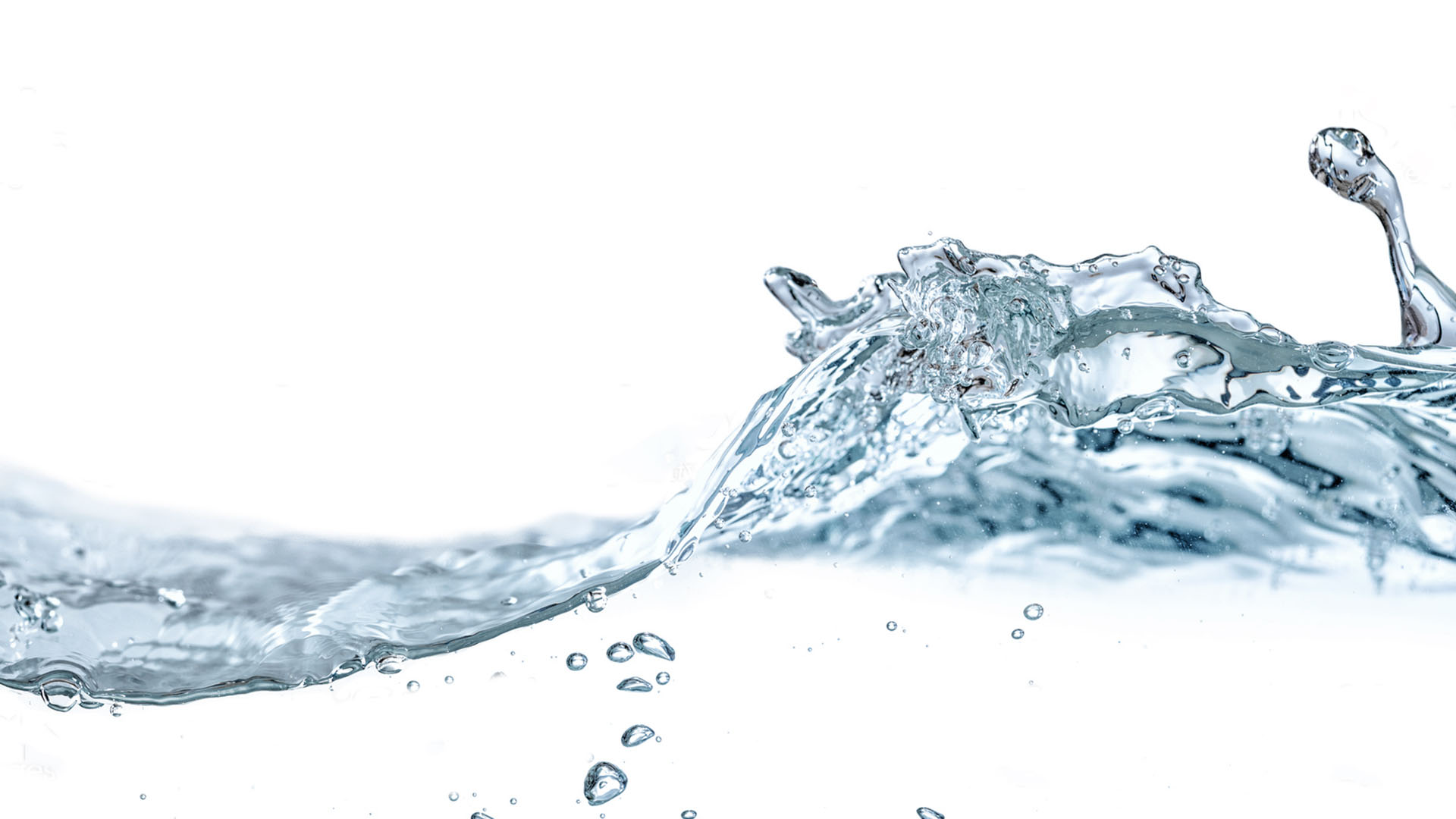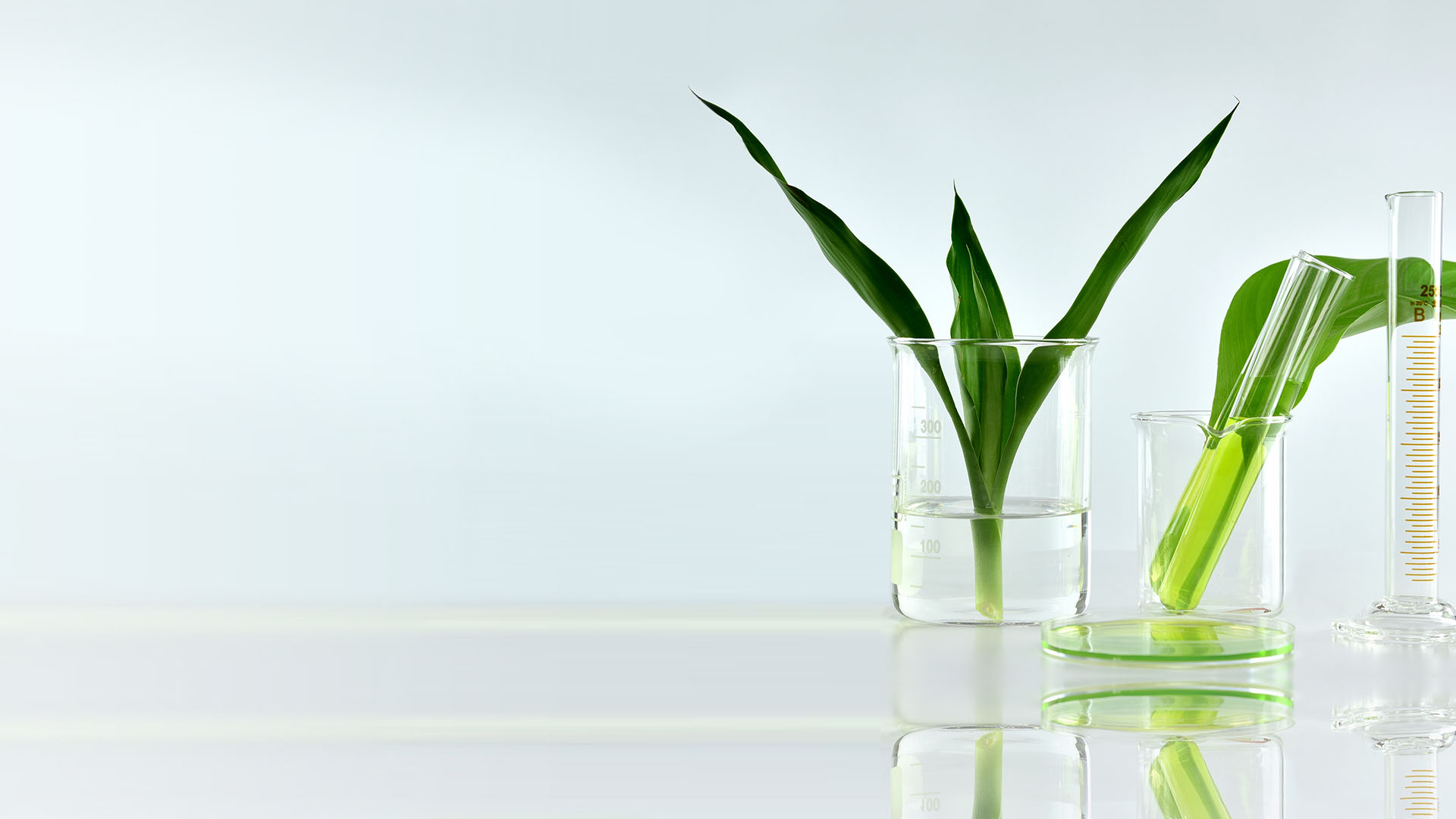A tour of the abattoir follows, starting in the staff room that has an open window towards the slaughter hall, disclosing a never-ending parade of pale and bloody pig halves. Indifferently, two employees are having their breakfast: sandwich and cold meat. Their white gowns are covered in blood. A bit of flesh is stuck to one of their boots. Here, the hellish tumult is somewhat muted but that changes immediately as I am led to the slaughter hall. I retreat hastily when a pig carcass swishes around the corner and hits another. It brushes against me, warm and doughy. This can’t be true – it's absurd - impossible.
One expects monsters but instead one meets the nice grandpa from next door, the joking young man on the street …
Everything hits me at the same time. Piercing cries. The grating of machinery, the metallic sound of tools. The penetrating stench of blood and hot water. Laughter, casual remarks. Flashing knives, hooks in twitching animal halves without eyes. Chunks of flesh and organs fall into a gutter where blood flows in abundance so that the disgusting liquid splashes over me. Slippery lumps of meat on the floor. Men in white, blood dripping down their clothing. Under helmets and caps, the faces are just like any other that you might see on the metro, in the cinema or in the supermarket. You expect monsters but instead you meet the nice granddad from next door, the funny young man in the street, the well-groomed bank manager. Friendly greetings. The director quickly shows me the hall where cattle are slaughtered. It is empty. ‘Tuesday is the bovines’ turn.” He introduces me to a lady and disappears; he is busy. “Feel free to have a look around in this slaughter hall.” It will take three weeks before I have the courage to do so.
I am allowed to enjoy one day of grace by sitting next to the staff room cutting small pieces of meat from a bucket, samples that a blood-stained hand from the slaughter room refills regularly. Each piece – one animal. Individual portions are chopped; hydrochloric acid is added and boiled – for the trichina test. The lady introduces me to the system. Trichina is never found, but the test is obligatory.
The next day, I find myself part of the gigantic killing machine.
A rapid introduction: “Here, you remove the rest of the pharynx and cut knots of the lymphatic glands …”. I cut. I have to work fast because the production line keeps moving. Above me, other pieces of carcass are cut out. When my colleague works too fast or when the bloody mess blocks the gully, the broth hits my face. I try to move to the other side but there, an enormous water-cooled blade cuts the pig carcasses in two: it is impossible to stay there without getting soaked to the bone. Gritting my teeth, I continue cutting. I must hurry and don’t have time to reflect at all on this horror. Furthermore, I have to be damned careful not to cut my fingers off.
The next day, I borrow a metal glove from a colleague who has already gone through the ordeal. And I stop counting the blood-dripping pigs that parade before me. I do not use rubber gloves any longer. It is absolutely repugnant to plunge your bare hands inside still warm carcasses but because you get soiled with blood up to the shoulders and the sticky mixture of corporal fluids seeps into the gloves anyway, they are useless. Why does anyone bother to make horror films, when all this is right here? The real monsters are those who order this massacre each and every day.
The knife is soon blunt. “Give that to me, I'll sharpen it for you.” The nice granddad, in reality a former meat inspector, winks at me. Having handed me back my sharpened knife, he starts to chat about this and that, and he tells me a joke before going back to work. From then on he takes me under his wing a little and shows me a few tricks that make the work on the production line a bit easier. “You don't like all this, do you? I can tell. But it has to be done.” I do not manage to find him unpleasant. He goes through a lot of trouble to reassure me. Most of the others also make an effort to help me. I am sure that they find the endless parade of numerous trainees amusing, to see that we are shocked at first and then grit our teeth in order to complete our training. They are well-meaning people, there are no petty squabbles. I must admit that I cannot consider the workers as monsters, apart from a few exceptions. They simply become indifferent, just like me, as time goes by. It is self-protection. The real monsters are those who order this massacre each and every day, and who, because of their greed for meat, condemn animals to a miserable life and an appalling end, and force other humans to do a job which is degrading and which transforms them into rough, coarse beings.
Me, I am progressively turning into a small cog in this monstrous automatism of death. The hours seem like an eternity but at some point the monotonous movements become routine – and exhausting. In danger of being suffocated by the deafening racket and presence of indescribable and omnipresent horror, comprehension retakes the upper hand on the dazed senses and starts functioning again. Differentiates, tries to make sense. Impossible.
When, during the second or third day, I become aware that burned and torn animal bodies still move and tiny tails are still wagging, I freeze. “They're ... they're still moving!”, I stutter when a veterinary passes by, even though I am well aware that the nerves are bound to still be twitching after a while. He grins: “Damn, someone's made a mistake, it's not quite dead.” A spooky pulse makes animal halves tremble, everywhere. A place of horror, I am frozen to the very marrow of my bones.
"Don’t look so miserable. Smile. You insisted on becoming a vet." At home I lie down on my bed and stare at the ceiling. Hours pass. Every day. People near me get irritated. “Don’t look so miserable. Smile. After all, it was you who insisted on becoming a vet.” Veterinarian, yes. Not a butcher of animals. I am cracking up. These remarks. This indifference. This matter-of-fact murder. I want to, I need to speak out, to get it off my chest. I am suffocating. I want to talk about the pig that couldn't walk anymore and was crouching with spread legs and was kicked and battered until it was in the killing box. I have seen the animal again when both its halves dangled in front of me: The muscles were torn on both sides of slaughter number 530 of that day. I shall never forget that number.
I want to speak about the days when cows are killed, their gentle brown eyes filled with panic. Their attempts to escape the blows and the curses, until the hapless animal is finally imprisoned behind iron bars from where a panoramic view shows where the cow's unfortunate companions are being skinned and cut into pieces. A deadly shot. A chain on the hind leg pulling the wriggling body up while the head is severed. A stream of blood spurts in profusion from the headless but still writhing body and its kicking legs. I need to talk about the atrocious munching noise when a machine rips the skin off a body, the automated rolling movement of a finger which pulls an twists, a bloodied and protruding eyeball from its socket before it is thrown into a hole in the ground where “waste” disappears. There is the aluminium waste chute, where the internal organs torn out of huge headless corpses, with the exception of liver, heart, the lungs and tongue which are all destined for consumption, slide into some kind of rubbish collector.










